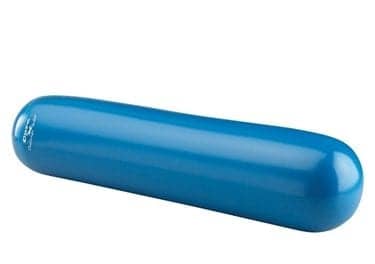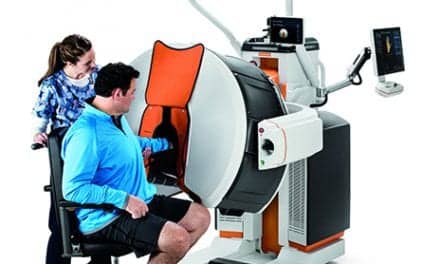Nalu Medical Inc, a Carlsbad, California-based company that has successfully miniaturized neurostimulation implants for the management of chronic intractable pain for both Spinal Cord Stimulation (SCS) and Peripheral Nerve Stimulation (PNS) indications, announces the publication of two studies in Neuromodulation: Technology at the Neural Interface.
One publication discusses the potential mechanisms of action leveraged by a multidimensional waveform Pulsed Stimulation Pattern (PSP) and the results of a pilot clinical study. The other publication reports on interim results from a first-in-human spinal cord stimulation clinical study evaluating the safety and performance of the Nalu Neurostimulation System, composed of a micro-implantable pulse generator (micro-IPG) and a wearable Therapy Disc (power source and stimulation control).
Following are some highlights of the PSP pilot study report on the theory behind and design of the multidimensional PSP waveform along with pilot study results from 31 patients with chronic intractable pain:
- The PSP waveform is composed of three independently configurable temporal dimensions designed to target different MOAs.
- PSP yielded a greater reduction in both back and leg pain than traditional SCS (Back: -60% vs. -46%; Legs: -63% vs. -43%).
- PSP yielded higher responder rates for both back and leg pain compared with traditional SCS (61% vs. 48% and 78% vs. 50%, respectively).
“Up until now, neurostimulation waveforms for SCS have been a ‘one-note proposition’ for pain relief. One waveform leverages one unique MOA, much like playing a single musical note,” said Dr. Mehul J. Desai, President and Medical Director of the International Spine Pain & Performance Center and lead author of the PSP pilot study publication.
“Pulsed Stimulation Pattern is more like playing a musical chord. Multiple MOAs are leveraged simultaneously for multimechanistic therapeutic relief. This represents an exciting new era for SCS, where we may provide patients with ‘broad-spectrum’ relief that may address their evolving pain patterns over the long term.”
Following are some highlights of the first-in-human Nalu SCS clinical study report on the 90-day (three-month) outcomes of 22 subjects who chose the PSP waveform using the Nalu Neurostimulation System for treatment of chronic intractable leg and lower back pain:
- At the 90-day follow-up visit, the average pain reduction was 79% in the leg and 76% in the lower back compared with baseline.
- Responder rates (≥50% pain relief) at 90 days were 86% in leg pain and 81% in lower back pain.
- Subjects rated the external wearable power source “very comfortable” throughout the study period.
“Fully implanted SCS systems are intuitively appealing, but they entail ongoing burdens to manage and risks to continually replace,” said Dr. John Salmon, pain medicine specialist at PainCare Perth and lead author of the first-in-human Nalu SCS clinical study publication.
“The Nalu System defines a new standard for minimally invasive, lower-risk, and markedly more cost-effective neuromodulation treatment for a patient’s lifetime of managing chronic pain. Our study, and continued experience over more than three years to date, have demonstrated that patients respond favorably to a system with a tiny implant and a battery that may only need to be worn at intervals.”
[Source(s): Nalu Medical Inc, Business Wire]
Related Content:
High-Frequency Spinal Cord Stimulation Suggests Improved Longer-Lasting Pain Relief





